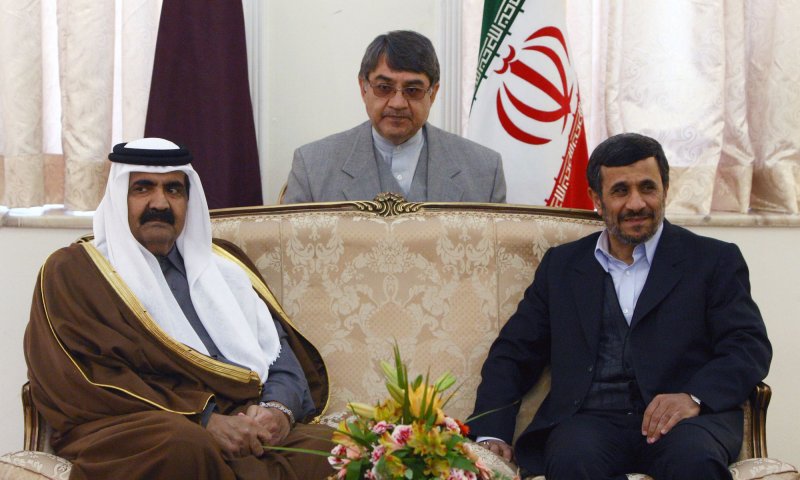WALTHAM, Mass., Jan. 20 (UPI) -- Oil-rich countries in the Middle East might look to Iran as an example of how to balance the economy with the potential for unrest, an economic analyst said.
Rising unemployment, government issues and pressure from sanctions targeting the country's energy in part prompted Iran to cut generous fuel subsidies.















